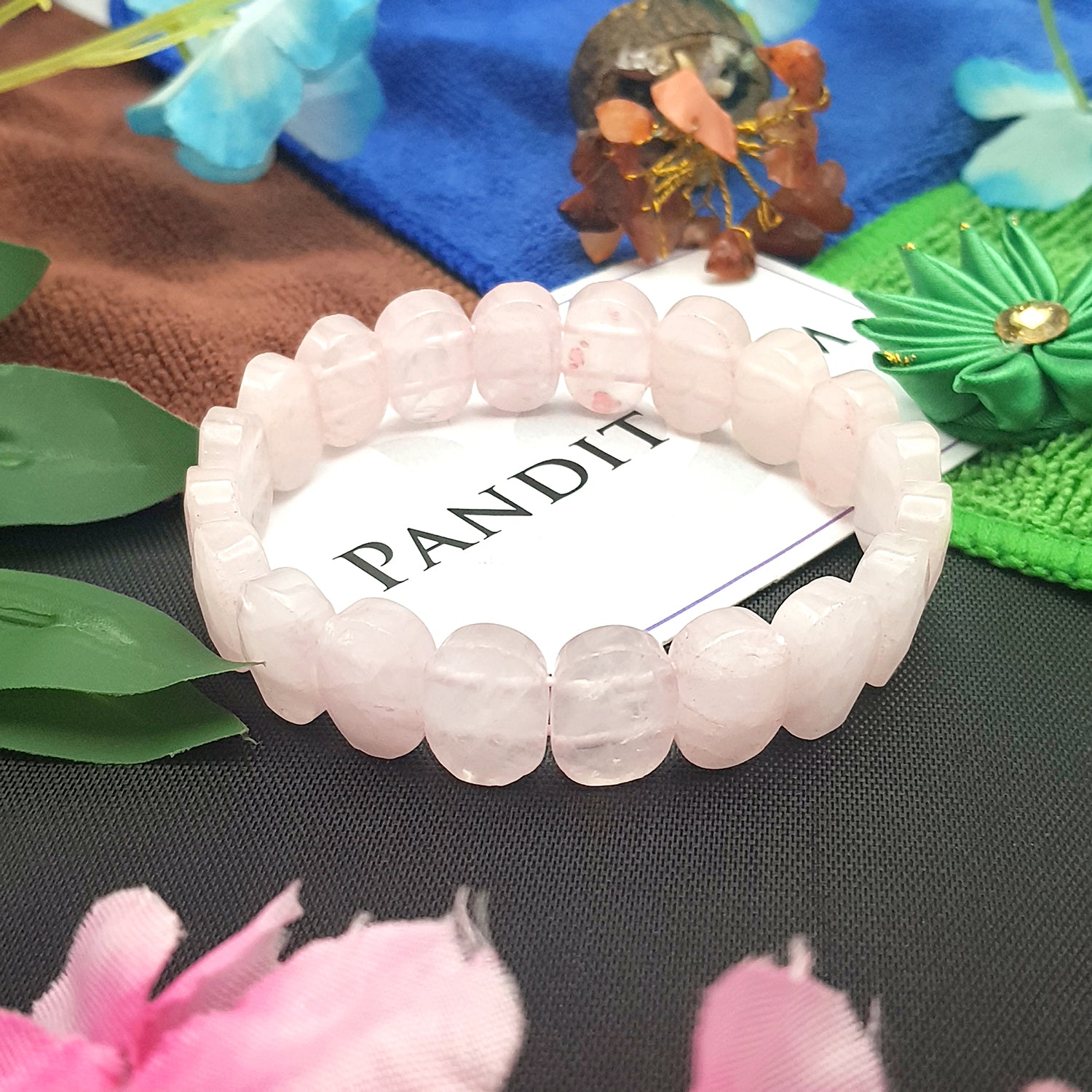
The ceremonial wedding of the holy basil plant (Tulsi) to Lord Vishnu is popularly called Tulsi Vivah. Couples who do not have daughters of their own generally perform this ritual to receive blessings from the deities. The ceremony is performed by the devotees anytime between ‘Prabodhini Ekadashi’(11th lunar day of Hindu month, ‘Kartik’) or ‘Kartik Poornima’(full moon night). Some communities observe it on the ‘Ekadashi’ after the Diwali festival too.
What is the history behind celebrating Tulsi Vivah?
The legend says that once upon a time, there lived a demon king ‘Jalandhar’ with his wife ‘Vrinda’ who was a true devotee of Lord Vishnu. Jalandhar was cruel and used to harass people who in turn asked Lord Shiva to help them. When Lord Shiva failed to destroy the king, he asked Lord Vishnu to help him. Lord Vishnu disguised himself as the evil king Jalandhar to trick Vrinda and took her chastity. The demon king eventually lost his power and was eliminated by Lord Shiva. Infuriated by this Vrinda cursed Lord Vishnu that because of his black ‘Karma’ he will turn black and the way Vrinda is suffering due to his husband’s separation, similarly even Vishnu will have to pay back. She then drowned herself in the ocean and later Lord Vishnu transferred her soul into the basil plant popularly called ‘Tulsi’ to symbolize her sanctity.
The result is known to everyone, Lord Vishnu’s incarnation as a black Shaligram stone and his other ‘avatar’ Lord Ram suffered in his wife’s separation as she was kidnapped by the evil king ‘Ram’. As per Lord Vishnu’s blessing, he took the form of Shaligram Stone and married Tulsi on ‘Prabodhini Ekadashi’ and since then devotees perform this ceremony to celebrate the occasion.
What are the items required for doing the ‘Tulsi Vivah Pujan’?
- A priest to perform the wedding ceremony.
- A Tulsi plant which is a minimum of three years old.
- A ‘Shaligram’ stone representing Lord Vishnu. If the stone is not available, one can use the idol of Lord Vishnu.
- A turmeric tied to a thread to be used as ‘Mangalsutra’.
- Uncooked Rice grains
- Sweets; to be distributed among the priests and other devotees.
- Sugarcane Sticks
- Vermillion or ‘Kumkum’.
- Flowers
- ‘Pooja’ decorations
- Fresh Clothes
What are the steps follows to do the ‘Tulsi Vivah Pujan’?
- A ‘mandap’ is created in the praying area where the pot containing the Tulsi plant is decorated like a bride and placed.
- The pot is decorated with vermilion and turmeric powder. Sugarcane sticks, ‘Amla’ and tamarind branches are placed alongside the Tulsi pot.
- Devotees who are involved in the ‘Kanyadaan’ ceremony observe fast till the rituals get over in the evening.
- The Shaligram stone is placed next to the pot where it is considered as the Groom and ‘Tulsi’ is considered as the Bride.
- The same rituals which are performed at a usual Hindu wedding are performed, including the chanting of Mantras.
- The ‘Mangalsutra’ is tied to the Tulsi plant. People shower flowers and rice grains on the newlyweds.
- A cloth is tied on both the Tulsi plant and the Shaligram Stone symbolizing their marital unity.
- The devotees who are supposed to perform the ceremony of ‘Kanyadaan’ (giving away the daughter to the groom) then completes the rituals by taking 4 rounds of the ‘mandap’.
- After the last Mantra is recited, The cloth tied to both the bride and the groom is removed.
- ‘Prasad’ in the form of sweets is distributed among friends and relatives.





















